
How did electricity evolve from a mysterious natural phenomenon to the backbone of our modern civilization? The story of electricity is one of remarkable scientific discovery and technological innovation.
From Benjamin Franklin’s experiments with lightning in the 18th century to the widespread adoption of electric power grids in the 20th century, electricity has fundamentally transformed how we live and work.
Today, the global electricity consumption stands at approximately 23,000 terawatt-hours annually, powering everything from household appliances to industrial machinery. This journey has not only revolutionized industries and improved quality of life but has also presented challenges in balancing energy production with environmental sustainability. Let’s take a closer look.
Historical Background
Electricity’s journey from a curious natural phenomenon to a cornerstone of modern civilization began in ancient Greece with the discovery of static electricity by Thales of Miletus around 600 BCE. The 18th century saw significant advancements with Benjamin Franklin’s famous kite experiment in 1752, proving the electrical nature of lightning.
By the early 19th century, Alessandro Volta had invented the first chemical battery, the voltaic pile, in 1800, which provided a continuous source of electrical current. Michael Faraday’s discovery of electromagnetic induction in 1831 paved the way for practical electricity generation, leading to the development of the dynamo.
These foundational discoveries set the stage for the rapid industrial and technological advancements of the late 19th and early 20th centuries, including Thomas Edison’s commercial incandescent light bulb in 1879 and the construction of the first power station in New York in 1882.
Early Electrification Attempts
The late 19th century marked the dawn of practical electrification with Thomas Edison’s invention of the commercial incandescent light bulb in 1879. Edison’s establishment of the first central power station, Pearl Street Station in New York City, in 1882, provided electricity to 59 customers, lighting 3,000 lamps.
Meanwhile, Nikola Tesla’s development of alternating current (AC) technology offered a more efficient solution for long-distance power transmission, leading to the “War of Currents” with Edison’s direct current (DC) systems. By the 1890s, AC power had gained prominence, exemplified by the successful installation of the first major hydroelectric power plant at Niagara Falls in 1895.
Evolution of Power Grids and Production
The early power stations, such as Edison’s Pearl Street Station in 1882, laid the groundwork for centralized electricity generation and distribution. By the mid-20th century, the development of high-voltage transmission lines enabled the creation of interconnected power grids, enhancing reliability and efficiency across regions.
The introduction of nuclear power in the 1950s added a new dimension to energy production, with plants like Shippingport in Pennsylvania, which began operating in 1958, providing substantial electricity output.
Natural gas and coal remained dominant sources, producing most of US electricity. The implementation of gas turbine controls significantly improved the efficiency and flexibility of natural gas power plants, allowing for better response to fluctuating demand.
Hydroelectric power also played a large role, with the Hoover Dam generating over 4 billion kilowatt-hours annually since its completion in 1936. The late 20th and early 21st centuries saw the integration of renewable energy sources, such as wind and solar, into the grid, driven by advancements in technology and policy support.
The Electricity of Today
The US energy grid comprises 38% natural gas, 22% coal, 20% nuclear, and 19% renewables, including wind, solar, and hydroelectric power (as of 2021). Modern power grids are increasingly incorporating smart grid technologies, which enhance efficiency, reliability, and resilience by utilizing digital communication and automated control systems.
The deployment of advanced metering infrastructure has reached over 100 million smart meters in the US, enabling real-time monitoring and management of electricity consumption. Renewable energy capacity is expanding rapidly, with solar and wind power expected to account for 60% of new electricity generation capacity additions in 2022.
Despite the growth of renewables, challenges such as energy storage, grid integration, and policy support remain critical to achieving a fully sustainable energy system.
The Electricity of Tomorrow
The future of electricity production and distribution is expected to be dominated by renewable energy and technological advancements. By 2050, renewables are projected to account for nearly 50% of global electricity generation, driven by significant investments in solar and wind power.
Innovations in energy storage, such as advanced battery technologies, are anticipated to address the intermittency of renewable sources, with global battery storage capacity expected to reach 1,095 gigawatt-hours by 2030.
The integration of distributed energy resources, including rooftop solar panels and small-scale wind turbines, will become more prevalent, supported by smart grid technologies and enhanced grid management systems. The development of hydrogen as a clean energy carrier and the potential for commercial fusion power by the mid-21st century could further transform the energy landscape.
Why We Don’t Fully Use Renewables Currently
One major issue with renewables is the intermittency of sources like solar and wind, which produce energy only when the sun shines or the wind blows. As of 2021, the US had an installed solar capacity of about 97.2 gigawatts and wind capacity of 135.6 gigawatts, but the variability of these sources necessitates reliable energy storage solutions, which are still developing.
Economic factors also play a role. The initial investment for renewable infrastructure is high, and the transition from fossil fuels can be costly. In 2020, global investment in renewable energy was $303.5 billion, but this still represents only a fraction of the total needed for a complete transition.
Existing policy and regulatory frameworks often lag behind technological advancements, creating barriers to large-scale deployment. Traditional energy sources, particularly natural gas, continue to be favored for their reliability and established infrastructure, with natural gas accounting for 38% of US electricity generation in 2021.
Conclusion
Despite significant progress, renewables still face challenges like storage and grid integration, while traditional sources continue to provide reliable energy but at an environmental cost.
However, with global energy demand projected to increase by nearly 50% by 2050, the path forward requires a concerted effort to enhance efficiency, invest in clean technologies, and update regulatory frameworks.
By addressing these challenges, we can ensure a sustainable and resilient energy future that leverages the best of both worlds, minimizing environmental impact while meeting the growing energy needs of our society.
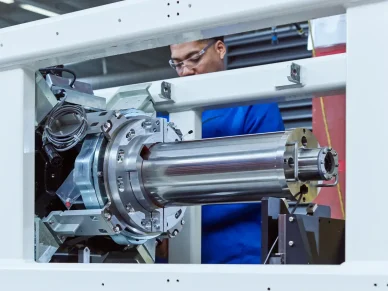
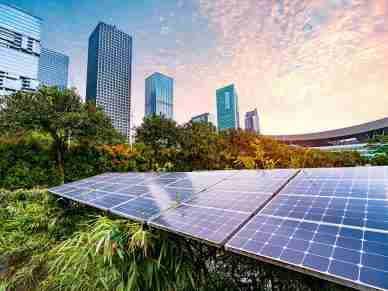

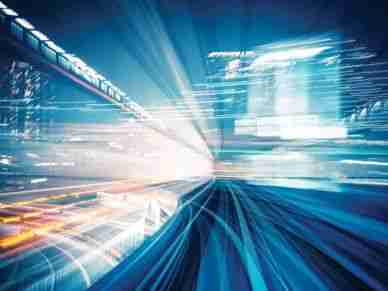


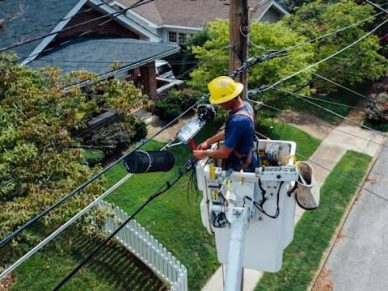


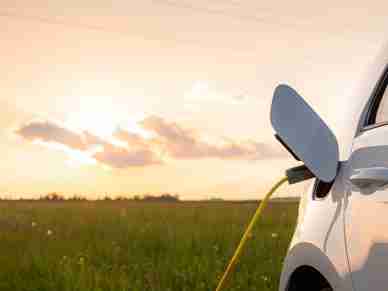






Leave a Reply